During the May 2016 open house, Abandoned Mining Wastes Project Manager Amy Keranen, right, DEQ Remediation and Redevelopment Division, talks about educating the public about the project with visitors from Friends of the Land of Keweenaw (FOLK), from left, Catherine Andrews and FOLK President Linda Rulison. Keranen and DEQ staff will hold their 2017 open house on the project this Tuesday, May 16, at Lake Linden-Hubbell High School Auditorium. (Keweenaw Now file photo)
LAKE LINDEN -- The Michigan Department of Environmental Quality (DEQ) invites the public to an informal open house from 4:30 p.m. to 8 p.m. Tuesday, May 16, at Lake Linden-Hubbell High School Auditorium to learn about the project findings and next steps for the Abandoned Mining Wastes Project.
The focus of the Abandoned Mining Wastes (AMW) Project is the investigation of mining-era chemical containers and residues historically discarded in or near Torch Lake. Work to date has included a review of historic studies, on-land and in-lake investigative activities, and a series of remedial actions.
The DEQ Abandoned Mining Wastes (AMW) project team will be available to share their findings with the community and to answer questions during the May 16 open house.
This project team consists of staff involved in the planning, fieldwork, interim responses, and reporting for the project; the DEQ sampling crew who conducted investigative activities; and the On-Scene Coordinator from the Environmental Protection Agency (EPA) Emergency Response Branch (ERB) who is managing two projects in the Lake Linden area. Project area maps and photos will be on display to show where the team conducted their work, what they have found, and what they have planned.
Contact DEQ staff at 906-337-0389 for more information.
Notes from the Desk of Amy Keranen: Spring 2017 Newsletter
In her latest newsletter, Amy Keranen, DEQ project manager for the Abandoned Mining Wastes - Torch Lake project, gives an update on the DEQ's AMW project, including recent referrals to the EPA Emergency Response Branch. The following information is taken from this Spring 2017 Newsletter:
Lake Linden Recreation Area Sediments
Removal of contaminated sediment from Lake Linden Recreation Area. (Photos courtesy Amy Keranen)
Evaluation of results of several key studies conducted at the Lake Linden Recreation Area (LLRA) between 2005 and 2015 concluded that contamination exceeding health-based and ecological criteria extends outward from the area along the shore, which was the focus of a 2007 emergency removal (pictured above). Based on these findings, in January 2017, the DEQ requested EPA Emergency Response assistance to address the contaminated sediments at the LLRA site. The EPA is currently evaluating the existing information to determine what next steps are necessary.
Calumet Stamp Mill Asbestos
The EPA ERB from Grosse Ile, Michigan, continues to work with Honeywell Specialty Materials and the Houghton County Historical Society to remove asbestos near the foundations at the Museum in Lake Linden. Work started in October 2016, and cleanup activities will be completed by this summer. Mr. Brian Kelly, who manages these projects for the EPA ERB, will be at the May 16th Open House.
Quincy Mining Co. Mason Area: Focus of 2017 Field Investigation
Quincy Reclamation Plant ruins in Mason.
In 2016, the AMW project team started looking at the third and final stretch of the Torch Lake shoreline -- the Quincy Mining Co. area in Mason. They reviewed existing data, completed preliminary reconnaissance activities, conducted a side scan sonar survey and recorded underwater video using a remotely operated vehicle. Based on the comprehensive review, a Sampling and Analysis Plan has been developed to assist in the identification of historic areas of contamination or data gaps requiring further assessment. This plan will be implemented during 2017; and, depending on the findings, interim response actions may be undertaken to reduce the public’s potential for exposure to mining era wastes.
2017 Remediation Projects
Investigations at the former Hubbell Smelter property and on the south side of the Tamarack Sands confirmed that debris has been buried under the soil cap constructed on the stamp sands during the Torch Lake Superfund project. Investigations also show polychlorinated biphenyl (PCB)-contaminated soils are eroding into Torch Lake at the former Hubbell Coal Dock property. To address the conditions in these three areas, interim response actions have been designed and will be implemented during 2017 following completion of contracting and permitting activities.
Drums are visible sticking out into Torch Lake from beneath the Superfund soil cap near the former Hubbell Smelter property. The drums that contain PCBs and hazardous levels of lead will be removed and disposed. This removal is planned for May 2017.
This photo shows one of the seep areas where fluid wastes are coming up from likely buried drums that have decomposed beneath the Superfund soil cap in the Tamarack Sands. The seeping wastes that contain high concentrations of solvents and chemicals, not typically associated with mining related industry, will be removed and disposed. This area will be excavated for proper disposal in May/June 2017.
This photo depicts surface water runoff and erosion of PCB-contaminated soils into Torch Lake from the Coal Dock PCB Burn Area. A project to address these concerns by capping the area and improving the drainage from the site is being planned for this summer, 2017.
Work planned for 2017
- Implement the Quincy Mining Co. Mason Sampling and Analysis Plan, prepare a Site Investigation Report, and undertake interim response actions if needed.
- Implement interim response actions in the Hubbell Processing Area (Shoreline Drums and Coal Dock PCB Burn Area) and Tamarack Sands.
- Prepare summary reports documenting all aspects of the 2016 and 2017 Emergency Response Actions.
- Honeywell Specialty Materials, under EPA ERB oversight, will continue to remove asbestos near the foundations at the Museum in Lake Linden.
- EPA ERB will proceed with removal assessment activities related to the Lake Linden Recreation Area.
- All project documents will be posted on the Abandoned Mining Wastes Project Web site as they are finalized.*
* Click here for the DEQ Abandoned Mining Wastes Project Web site.
















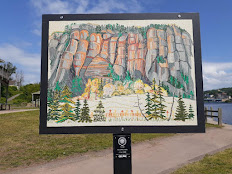





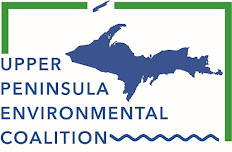
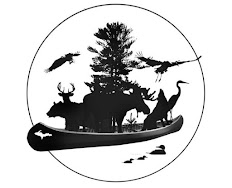
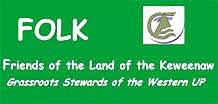
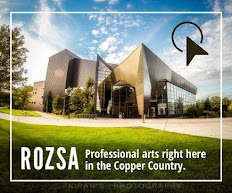

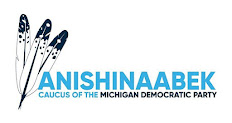
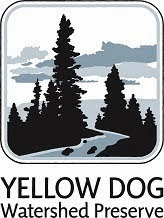




















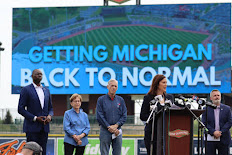





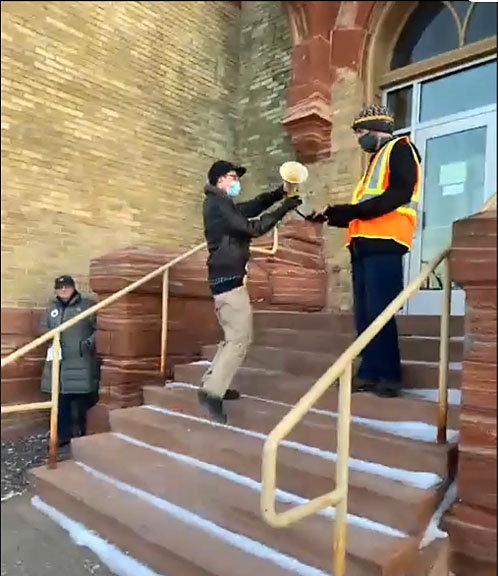




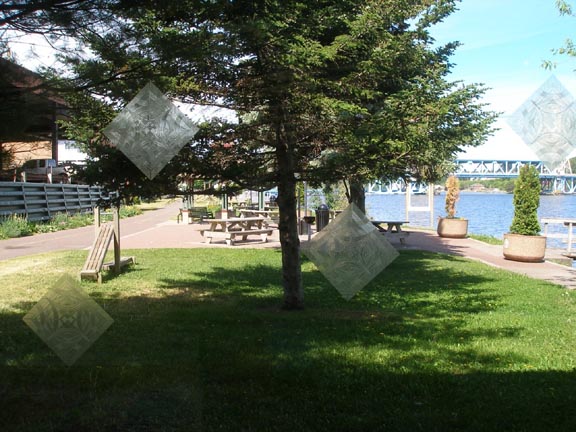







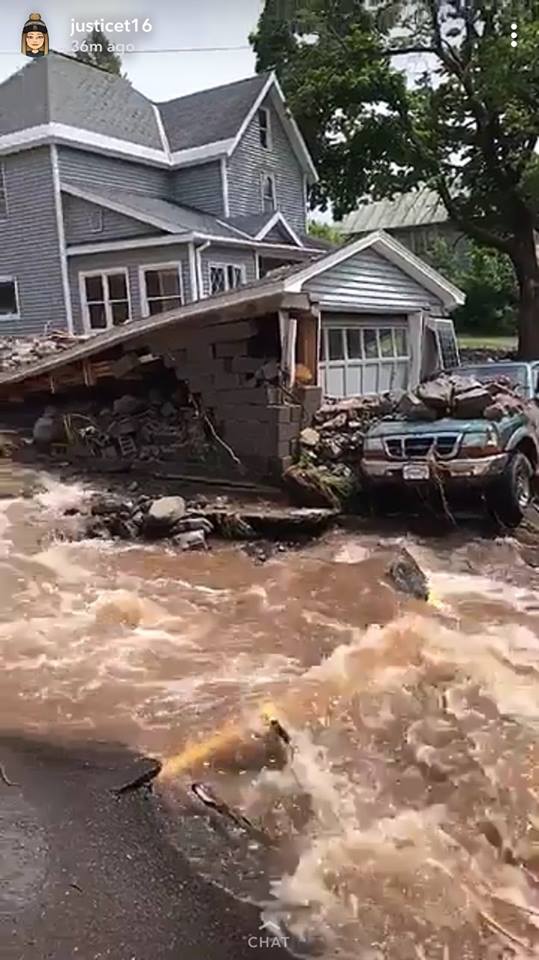


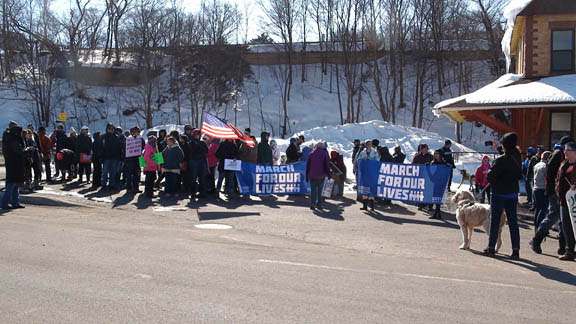
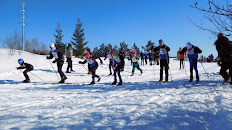

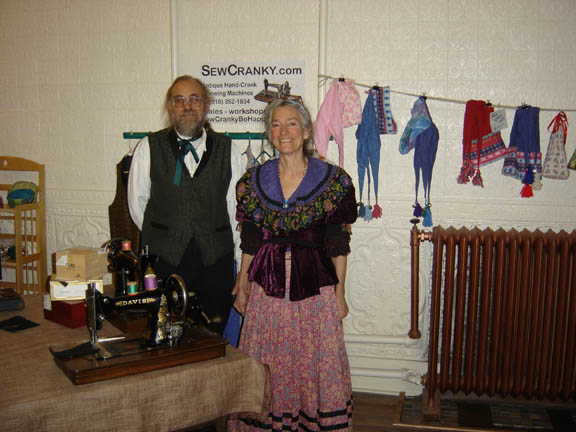
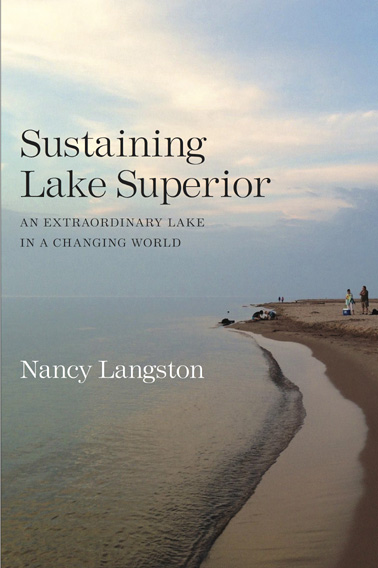








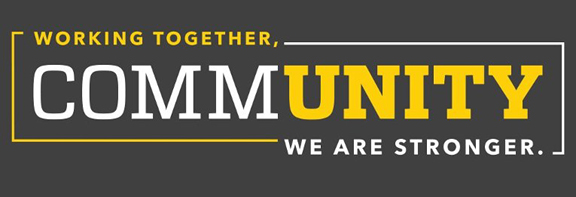
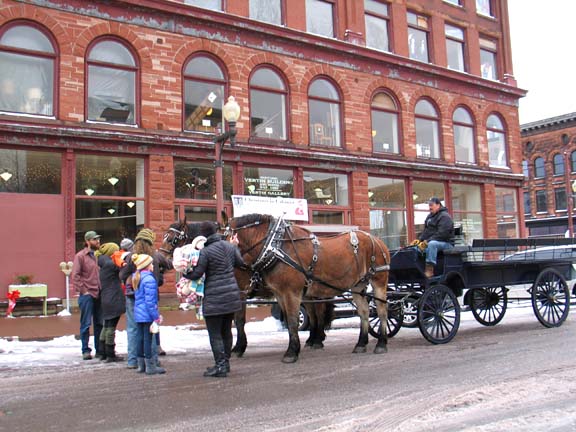

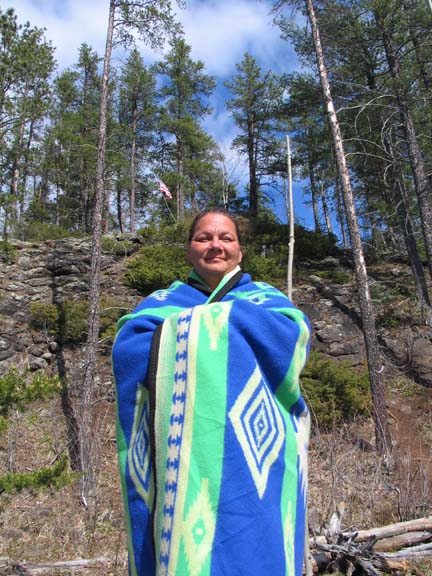


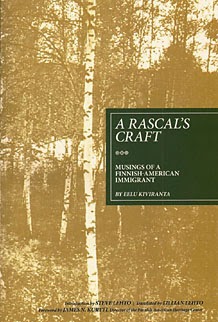















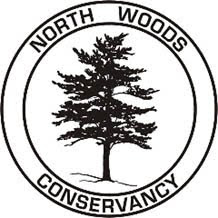









No comments:
Post a Comment